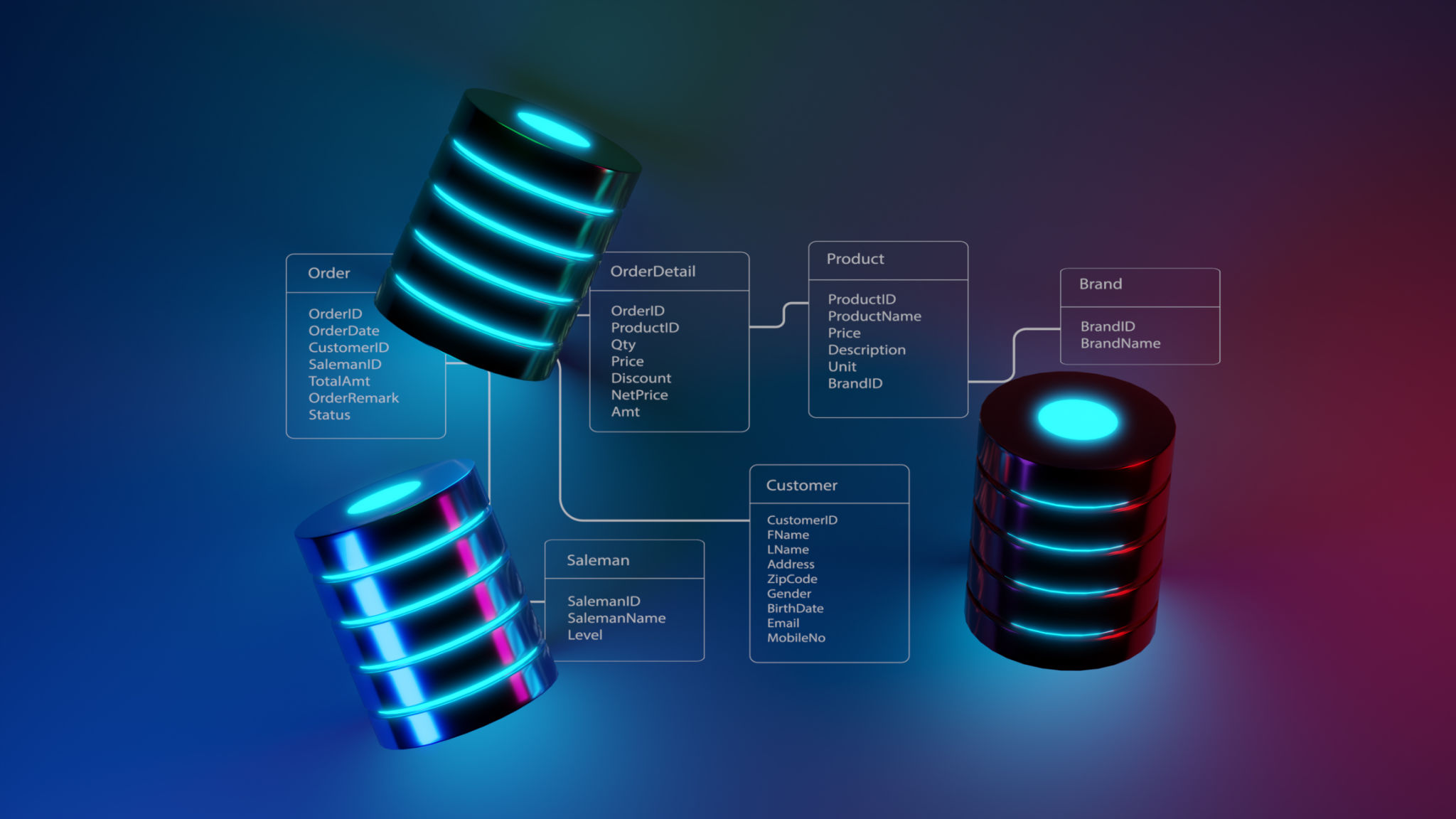The Role of Data Transformation and Modeling in Modern Analytics
Understanding Data Transformation and Modeling
In today's data-driven world, organizations are inundated with vast amounts of data from various sources. To extract meaningful insights, it's essential to engage in processes like data transformation and modeling. These are critical components of modern analytics that help businesses convert raw data into actionable intelligence. But what exactly do these processes entail?

Data transformation involves converting data from its raw form into a format suitable for analysis. This process includes cleaning, normalizing, and structuring data. By doing so, it ensures that data is consistent, accurate, and ready for analysis. Without proper transformation, data can be misleading or even unusable, leading to incorrect conclusions.
The Importance of Data Modeling
Once data is transformed, the next step is data modeling. Data modeling is the process of creating a visual representation of information systems to illustrate the connections and workflows between different data points. This step helps in organizing and defining the data's architecture, thereby enabling efficient data management and retrieval.
Effective data modeling allows businesses to identify trends and patterns, facilitating better decision-making. Models can range from simple diagrams to complex algorithms that predict future outcomes based on historical data. The right model can significantly enhance an organization's analytical capabilities.

Benefits of Data Transformation and Modeling
Engaging in thorough data transformation and modeling offers numerous benefits. First, it enhances the quality of the data, ensuring that analytics are based on reliable information. Second, it enables the integration of disparate data sources, providing a comprehensive view of organizational operations.
- Improved Data Quality: Ensures consistency and accuracy.
- Seamless Integration: Combines various data sources for a holistic view.
- Enhanced Predictive Analysis: Allows for more accurate forecasting.
Moreover, by streamlining data processes, organizations can reduce the time and resources spent on manual data management tasks. This efficiency allows teams to focus on strategic initiatives rather than getting bogged down by data discrepancies.

Challenges in Data Transformation and Modeling
Despite their benefits, data transformation and modeling are not without challenges. One of the primary obstacles is ensuring data privacy and security during the transformation process. As data moves through various stages, it becomes vulnerable to breaches if not handled correctly.
Another challenge is the complexity involved in integrating large volumes of data from multiple sources. Organizations often struggle with compatibility issues and require sophisticated tools to manage these complexities effectively. Additionally, maintaining up-to-date models that accurately reflect changing business environments can be demanding.
The Future of Data Transformation and Modeling
As technology continues to evolve, so do the capabilities of data transformation and modeling. Emerging technologies such as artificial intelligence and machine learning are enhancing these processes by automating tasks and offering deeper insights. These advancements are making it easier for organizations to handle complex datasets efficiently.
Looking ahead, we can expect to see more integration of these technologies into analytics platforms. This integration will not only streamline processes but also provide more comprehensive and accurate analytical insights. Organizations that embrace these advancements will likely gain a competitive edge in their respective industries.

In conclusion, data transformation and modeling play a pivotal role in modern analytics. They provide the foundation for extracting valuable insights from raw data, driving informed decision-making, and fostering business growth. As businesses continue to navigate the complexities of big data, these processes will remain essential components of any successful analytics strategy.